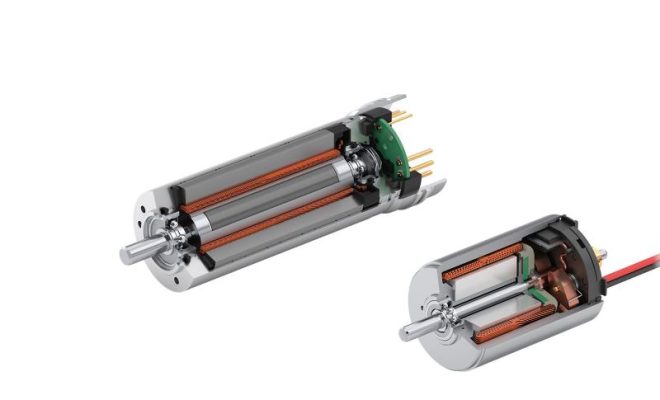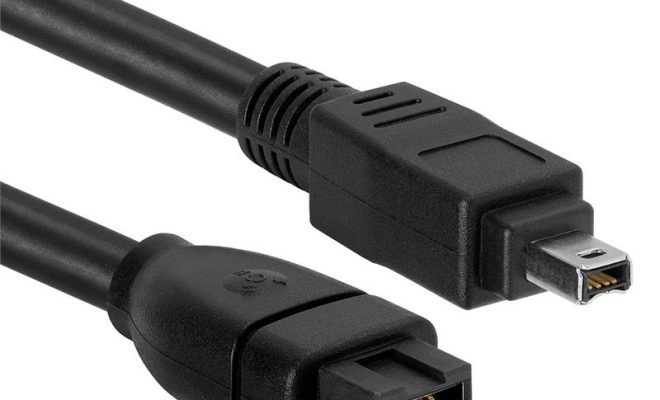Brushed vs. Brushless Motors: What’s the Difference, and What’s Best?

Motors are widely used in various fields, such as automation, robotics, industry, and automotive to offer motion. However, there are many different motors to choose between. Brushed and brushless motors are two such types; they have differences in their structure and operation, which ultimately affects their performance. But, how do these motors differ, and what’s best for your application?
Brushed Motors
Brushed motors are the oldest type of DC motor that operates using the principle of electromagnetic induction. The motors have a simple structure with a rotor, stator, and commutator at its center. The commutator makes contact with carbon brushes that transfer electrical current from the power source to the armature coils. The current then creates a magnetic field that turns the armature, which rotates the motor’s output shaft.
The conventional brushed motor’s critical feature is the commutator and brushes, which experience significant wear during use. The brushes are soft and gradually wear down the commutator, creating sparks and high levels of electrical noise, leading to lower lifespan, and low-efficiency levels.
Brushless Motors
Brushless motors, also known as BLDC (Brushless DC) motors, offer a more reliable and efficient alternative to brushed motors. Their structure comprises a permanent magnet rotor and a current-carrying coil that surrounds it. A controller provides the current to the coil and commutates the motor’s windings to produce a rotating magnetic field.
BLDC motors have three-phase windings on the stator that power the motor’s rotor, instead of using brushes. The commutation is done electronically, which means that there are no mechanical contacts that can wear out. The motor’s output shaft can rotate smoothly, offering high efficiency, high torque, and long lifespan.
Differences between Brushed and Brushless Motors
Brushless DC Motors are more efficient, relatively silent, and have long lifespans exceeding 20000 hours compared to the conventional brushed DC motors lifespan of 1000 to 2000 hours. They are easy to control with speed and torque being almost linear, and have less risk of damage due to brush and commutator wear. Needless to say, brushless DC motors don’t produce as much electrical noise as brushed motors.
Brushless motors have a smaller footprint since its rotor uses permanent magnets instead of an electrically-driven rotor. They also feature higher electrical efficiency due to its electronic control, which provides almost 90% efficiency, as opposed to the brushed motor’s 75% efficiency.
On the other hand, brushed motors are simpler and cheaper, meaning that they require less expensive control systems. Brushed motors can also operate with a wide range of voltages, making them useful in lower-powered applications.
Which is the Best?
The answer to this question depends on your application. Brushless motors provide better performance, durability, and efficiency in most applications, making them the best option for long-term use. They’re eco-friendly (less waste to deal with), generate little electrical noise, and offer the precision needed in high-end machinery. Brushed motors are useful for low-powered applications, and for where simplicity and lower costs are more critical.






